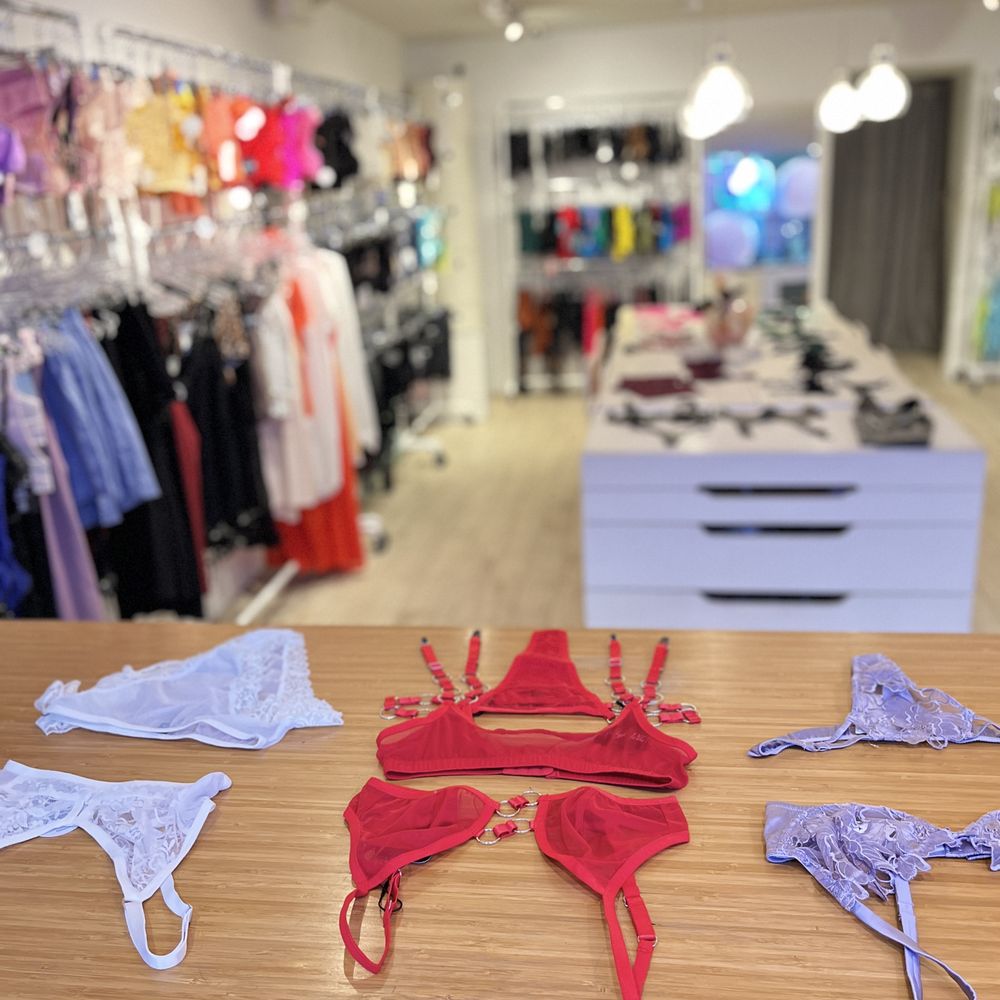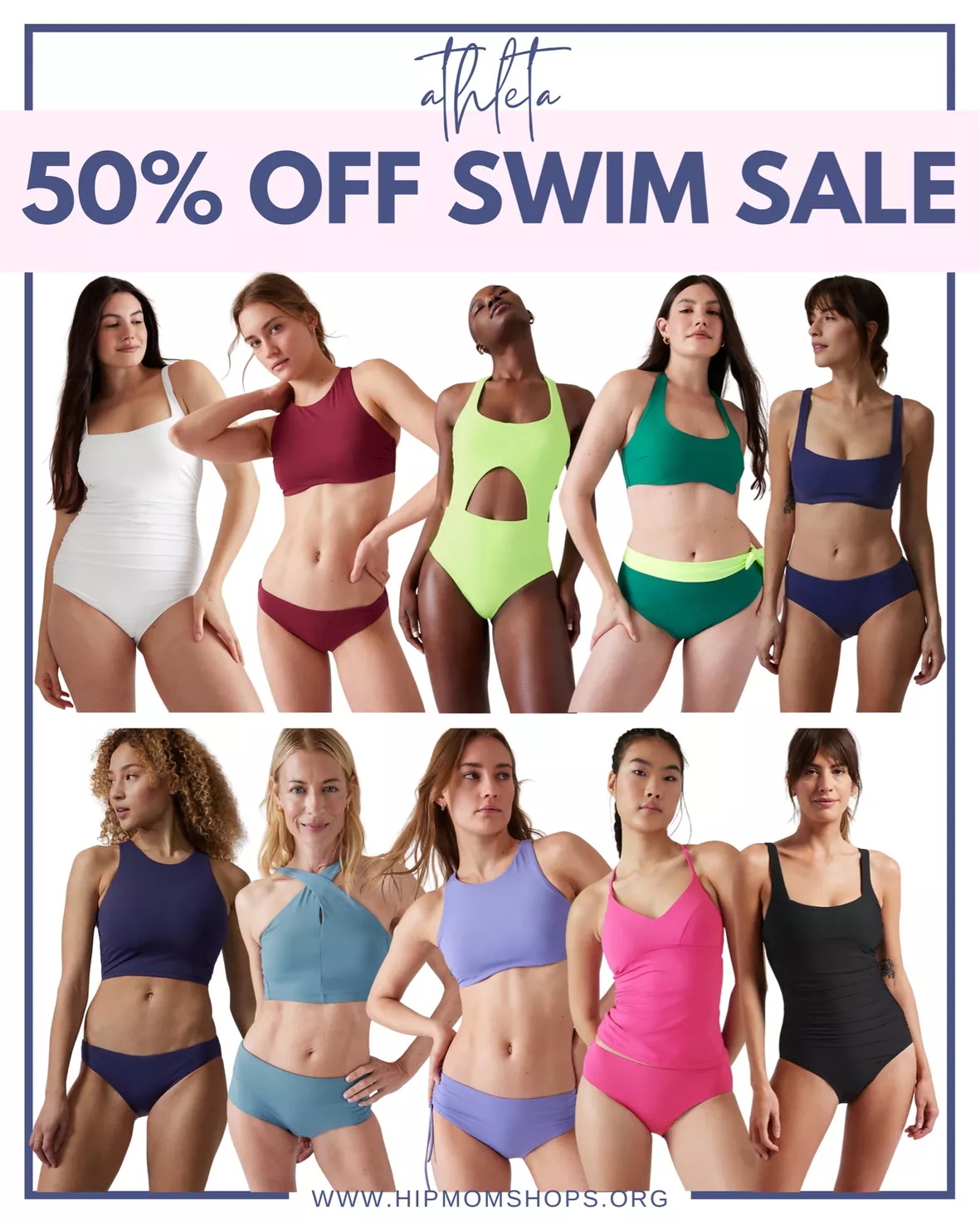Content Menu
● Understanding Delivery Terms
● Exclusivity Agreements
● Best Practices for Negotiation
● The Process of Negotiation
● Challenges in Swimwear Negotiations
● Leveraging Technology in Negotiations
● Case Studies of Successful Negotiations
● Conclusion
● FAQ
>> 1. What is the importance of lead times in swimwear purchasing?
>> 2. How can a buyer ensure they get exclusive designs?
>> 3. What are some common negotiation mistakes?
>> 4. How does market knowledge affect negotiations?
>> 5. What should buyers do if negotiations fail?
● Citations:
Negotiation is a critical skill in the retail industry, particularly for swimwear buyers who must navigate the complexities of supply chains, market trends, and consumer demands. This article explores the nuances of negotiation in swimwear purchasing, focusing on delivery terms, exclusivity agreements, best practices, and the overall negotiation process.

Understanding Delivery Terms
Lead Times
Lead times are a fundamental aspect of the negotiation process. They refer to the time required for a product to be manufactured and delivered. For swimwear buyers, understanding lead times is crucial for ensuring that products arrive in time for peak seasons. Buyers must negotiate these timelines with suppliers to align production schedules with market demand.
For instance, if a buyer is preparing for the summer season, they need to ensure that orders are placed well in advance—often several months before the season begins—to secure timely delivery. This requires not only clear communication with suppliers but also an understanding of their production capabilities and any potential bottlenecks that could delay delivery.
Shipping Methods and Costs
In addition to lead times, buyers must consider shipping methods and associated costs. Different shipping options can significantly affect delivery times and expenses. Buyers should negotiate favorable shipping terms that align with their budget while ensuring timely arrival of products.
- Air Freight: This method is faster but more expensive, making it suitable for urgent orders or limited-edition collections.
- Ocean Freight: While more economical for larger shipments, ocean freight can take weeks, which may not be ideal for seasonal products.
Buyers should weigh the pros and cons of each method based on their specific needs and negotiate accordingly.
Exclusivity Agreements
In addition to delivery terms, buyers often seek exclusivity agreements. These contracts allow retailers to offer unique swimwear designs that are not available to competitors. Negotiating exclusivity can provide a significant competitive advantage, enabling buyers to attract customers looking for distinctive styles.
Types of Exclusivity Agreements
Exclusivity agreements can take various forms:
- Geographic Exclusivity: This restricts suppliers from selling the same designs to other retailers within a specific geographic area.
- Time-based Exclusivity: This grants buyers exclusive rights to sell certain designs for a limited period.
- Product Line Exclusivity: Buyers may negotiate rights to an entire product line or specific collections, ensuring they are the sole retailer for those items.
Buyers should carefully consider which type of exclusivity best fits their business model and customer base when negotiating these agreements.

Best Practices for Negotiation
Successful negotiations require thorough preparation and strategic planning. Here are some best practices for swimwear buyers:
- Research: Buyers should gather information about market trends, competitor offerings, and seasonal demands before entering negotiations. This knowledge equips them with leverage during discussions.
- Setting Priorities: It is essential to identify which terms are flexible and which are non-negotiable. Buyers should prioritize their needs to ensure they achieve favorable outcomes.
- Building Relationships: Establishing strong relationships with suppliers can facilitate smoother negotiations. Trust and open communication are vital components of successful partnerships.
- Effective Communication: Clear and concise communication is key during negotiations. Buyers should articulate their needs while also being receptive to suppliers' concerns or limitations.
- Flexibility: While having clear goals is important, being flexible during negotiations can lead to creative solutions that benefit both parties.
The Process of Negotiation
The negotiation process typically unfolds in several stages:
1. Initial Contact: This stage involves establishing rapport with the supplier. A positive first impression can set the tone for future discussions.
2. Discussing Terms: Buyers and suppliers deliberate over key terms such as prices, lead times, and exclusivity agreements. Clear communication is essential during this phase.
3. Finalizing the Deal: Once both parties reach an agreement, they conclude negotiations by formalizing the terms in a contract.
4. Follow-Up: After finalizing the deal, it's crucial for buyers to maintain communication with suppliers throughout the production process to ensure that all agreed-upon terms are being met.

Challenges in Swimwear Negotiations
Negotiating delivery terms and exclusivity can present challenges. Buyers must be prepared to address potential obstacles such as:
- Supply Chain Disruptions: Global events can impact production timelines and availability of materials. Buyers should have contingency plans in place.
- Market Fluctuations: Changes in consumer preferences can affect demand for specific swimwear styles, making it essential for buyers to remain adaptable.
- Cultural Differences: When negotiating with international suppliers, cultural nuances may influence communication styles and expectations. Understanding these differences can help avoid misunderstandings.
- Quality Control Issues: Ensuring product quality is vital in swimwear retailing. Buyers must negotiate quality assurance processes with suppliers to mitigate risks associated with defects or subpar materials.
Leveraging Technology in Negotiations
In today's digital age, technology plays a significant role in enhancing negotiation processes. Swimwear buyers can utilize various tools and platforms to streamline negotiations:
- Data Analytics: Analyzing sales data can provide insights into consumer preferences and help buyers make informed decisions during negotiations.
- Communication Tools: Video conferencing platforms enable real-time discussions with suppliers across different time zones, facilitating quicker decision-making.
- Supply Chain Management Software: These tools help track orders, monitor lead times, and manage inventory levels effectively throughout the negotiation process.
Case Studies of Successful Negotiations
Examining real-world examples can provide valuable insights into effective negotiation strategies:
- Case Study 1: A Leading Swimwear Brand
A prominent swimwear brand successfully negotiated a three-month exclusivity agreement with a supplier that specialized in eco-friendly materials. By leveraging market research indicating a growing consumer demand for sustainable products, the buyer was able to secure unique designs that appealed to environmentally conscious customers.
- Case Study 2: A Boutique Retailer
A small boutique retailer faced challenges with delayed shipments from overseas suppliers during peak season. By negotiating shorter lead times and implementing air freight options for key products, they managed to meet customer demand while maintaining profitability despite higher shipping costs.

Conclusion
Effective negotiation is crucial for swimwear buyers aiming to secure favorable delivery terms and exclusive designs. By mastering negotiation skills and employing best practices such as thorough research, relationship building, and leveraging technology, buyers can enhance their competitive edge in the retail market.
FAQ
1. What is the importance of lead times in swimwear purchasing?
- Lead times determine how quickly merchandise can be made available to customers, impacting sales potential.
2. How can a buyer ensure they get exclusive designs?
- By negotiating exclusivity agreements with suppliers that guarantee unique designs for their stores.
3. What are some common negotiation mistakes?
- Failing to conduct adequate research or not setting clear priorities before negotiations begin.
4. How does market knowledge affect negotiations?
- Understanding market trends provides leverage during discussions and helps buyers make informed decisions.
5. What should buyers do if negotiations fail?
- Consider alternative suppliers or revisit negotiation strategies to find a more favorable outcome.
Citations:
[1] https://hmgroup.com/sustainability/leading-the-change/transparency/responsible-purchasing-practices/
[2] https://www.amazon.com/2-piece-bathing-suits-shorts/s?k=2+piece+bathing+suits+with+shorts
[3] https://baliswim.com
[4] https://www.cbi.eu/market-information/apparel/swimwear/market-entry
[5] https://zegaapparel.com/blog/things-you-should-look-for-when-buying-swimwear/
[6] https://www.orea.com/resources/media-room/special-bulletin/2016/April/Lets-negotiate-Ability-to-reach-agreement-vital
[7] https://www.youtube.com/watch?v=iHJ9wDeQ7JQ
[8] https://www.fastcompany.com/90222394/7-questions-to-ask-yourself-when-preparing-for-a-negotiation
[9] https://quizlet.com/283518511/372-chapter-13-flash-cards/



































































